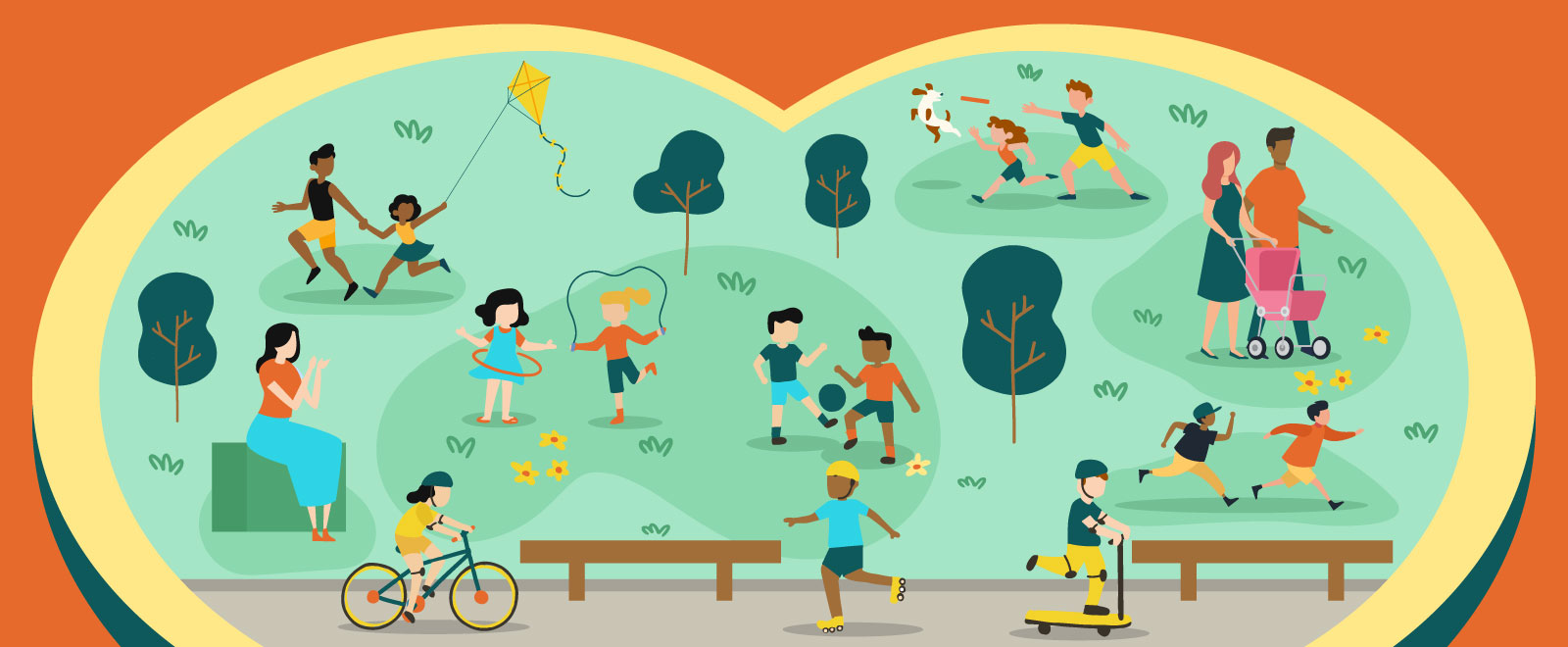On May 13, 2019, no one would have guessed that 5-year-old Kensley from Montana will end up at her local ER due to fever and strange bruising.
After further tests at the Children’s Hospital Colorado in Denver, her official diagnosis was chronic myelogenous leukemia (CML). CML is a rare form of cancer in children in which the bone marrow makes too many white blood cells. Tina, Kensley’s mom, admits that receiving a cancer diagnosis is scary.
“Having a child with cancer changes you,” said Tina. You breathe deeper, love harder, forgive more. Is it hard? Absolutely. By far, it’s the hardest thing I have ever faced as a parent.”
While it’s rare, cancer is the leading cause of death in children around the world.
Childhood cancer facts you need to know
In this visual case study, we look more closely at childhood cancer facts and statistics worldwide. If you notice, we take on a more visual approach to this piece by using infographics. You’ll also learn how to provide support to families whose child is diagnosed with cancer.
Editor’s note: Our initial goal was to publish this visual case study last September as a way of helping spread awareness during Childhood Cancer Awareness Month. Tight deadlines happened so this piece is a few days late! Here’s hoping that the following infographics can still help raise awareness of pediatric cancer.
Cancer in children infographic
Did you know that only 4 percent of federal government cancer research funding goes to study pediatric cancer?
Such a disappointing figure, right? For this reason, it pays to educate the public and spread the word about childhood cancer.

According to the International Research for Agency on Cancer, country of residence is the best predictor of outcome for children with cancer.
For instance, 80 percent of children diagnosed with cancer in high-income countries survive, while the rate of survival in many low and middle-income countries is only about 20 percent.
The agency further highlighted that the gap in survival rates is due to the following:
- that lack of awareness among health care professionals
- lack of efficient medical infrastructure and diagnostic, and treatment facilities
What is the difference between cancer in children and adult cancer?
- Rate of occurrence is higher in adults because the genetic mutations that cause the disease by having an impact on cell growth and division take years to accumulate.
- Cancer in children look different under the microscope and respond differently to treatments.
- Carcinomas affect most adults but are not commonly found in children.
- Children have a better five-year survival rate than adults for certain types of cancer, with 95% for Hodgkin lymphoma, 91% for non-Hodgkin lymphoma, and 91% for acute lymphoid leukemia.
Dealing with a child’s cancer diagnosis
After receiving the diagnosis, family schedules will change, and socializing is limited because of the child’s weak immune system. Parents need to accept that the definition of normal in their family will change.
As a parent of a child diagnosed with cancer shared:
For our family to maintain a new normal, we keep doing the same things as before — just maybe in a different way, like going to the park instead of the cinema or Walmart,” and “Taking the kids to visit friends and bringing hand sanitizer everywhere is very important. We would go to parties, church, and parks and socialize as much as possible, always trying to find happiness in life.
The National Cancer Institute recommends parents to keep their relationships strong by talking about how to deal with stress, recognizing that everyone copes differently with stress, and keeping their marriage strong.
Furthermore, they recommended getting support by finding an easy way to update family and friends on the situation, telling people how they can help, joining a support group, or seeking professional help.
Parents can take the time to tend to their mental and physical health by taking yoga or deep breathing classes, spending time outdoors, exercising, and other methods that help the parents relax.
Hospital care package checklist for the child with cancer
You could be a parent, relative, caregiver, or a family friend of a child who is newly diagnosed with cancer. This means the child would need to be in the hospital frequently for further tests, surgeries, and treatments.
Hospital stays, whether long or short, can be stressful for both the child and family members.
In some cases, you may not have much time to prepare. Download (and print it out!) the infographic below as a checklist to help you save time in packing your hospital kit.

How you can support childhood cancer awareness
If you need help coping and understanding a child’s diagnosis with cancer or you’d like to advocate for childhood cancer awareness actively, you can reach out to the following organizations:
- Alex’s Lemonade Stand Foundation (ALSF)
- National Children’s Cancer Society
- American Childhood Cancer Foundation
- Starlight Starbright
- Angels for Hope
- Families of Children with Cancer
You can use the infographics in this case study (as long as there’s proper attribution), edit it using our simple infographic software or let our design service team make one for you. We also do animated infographic gifs!
